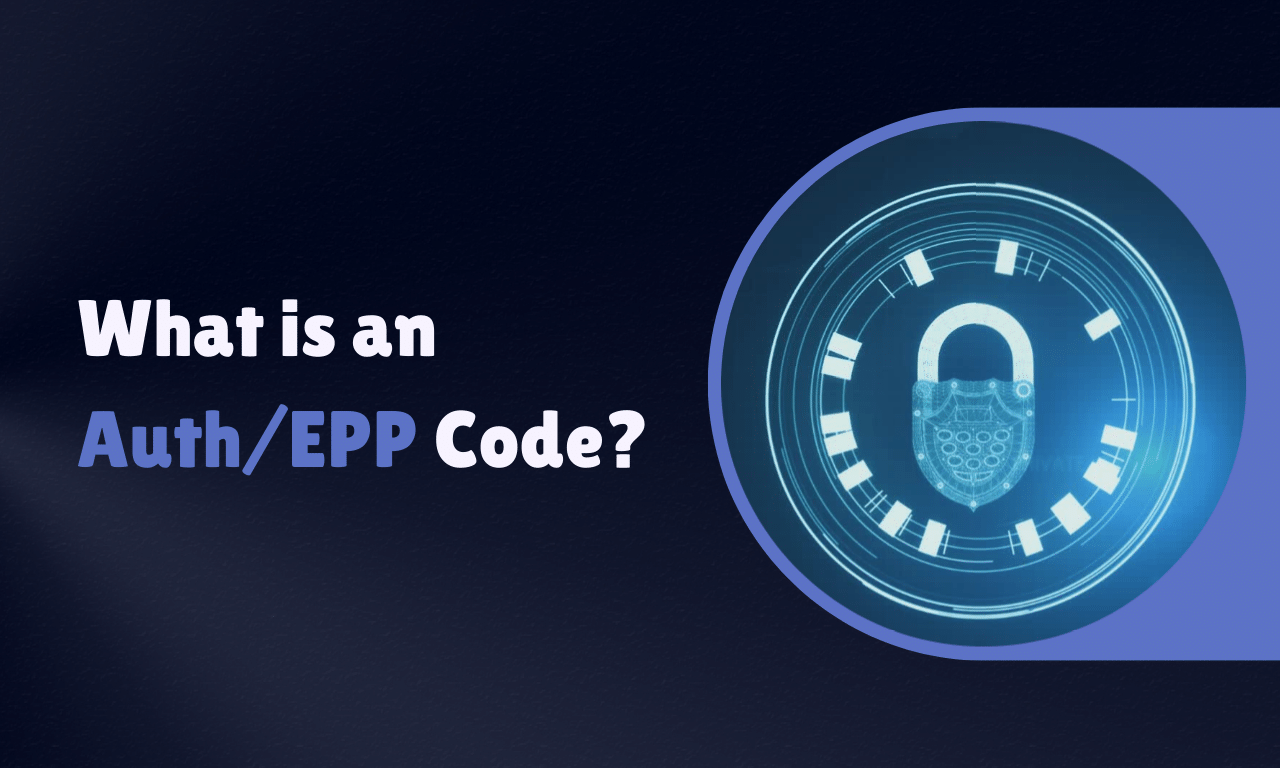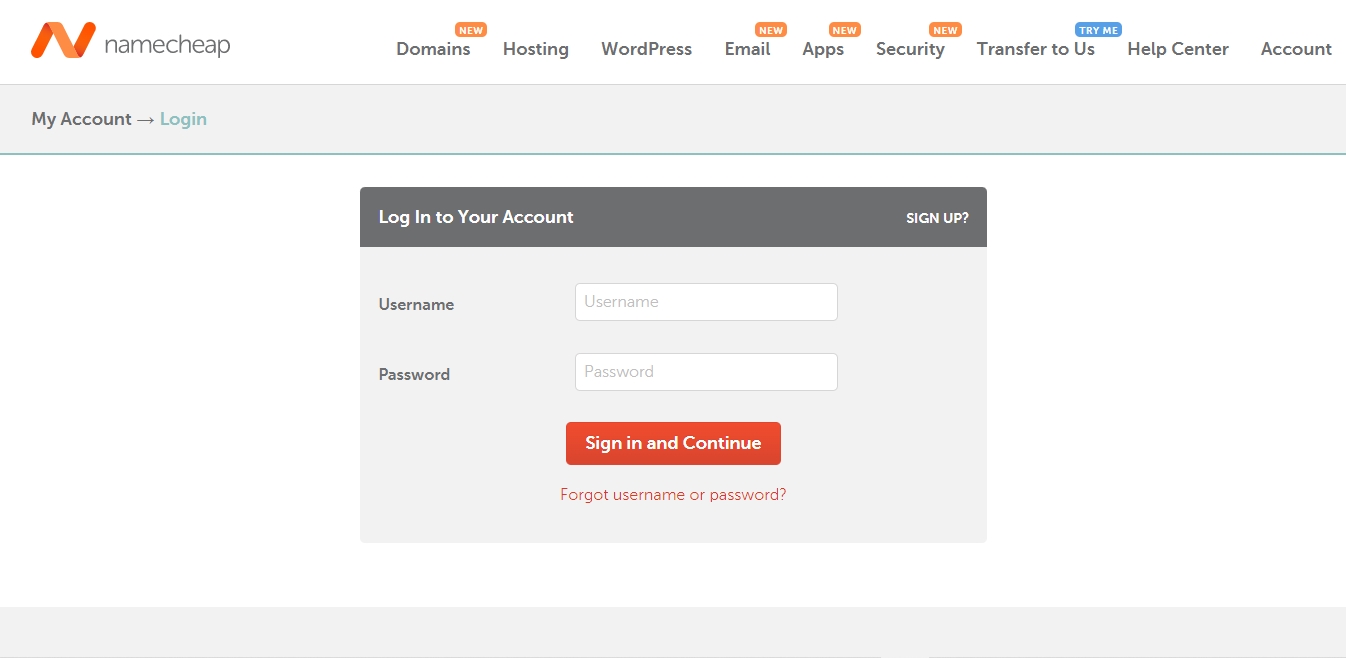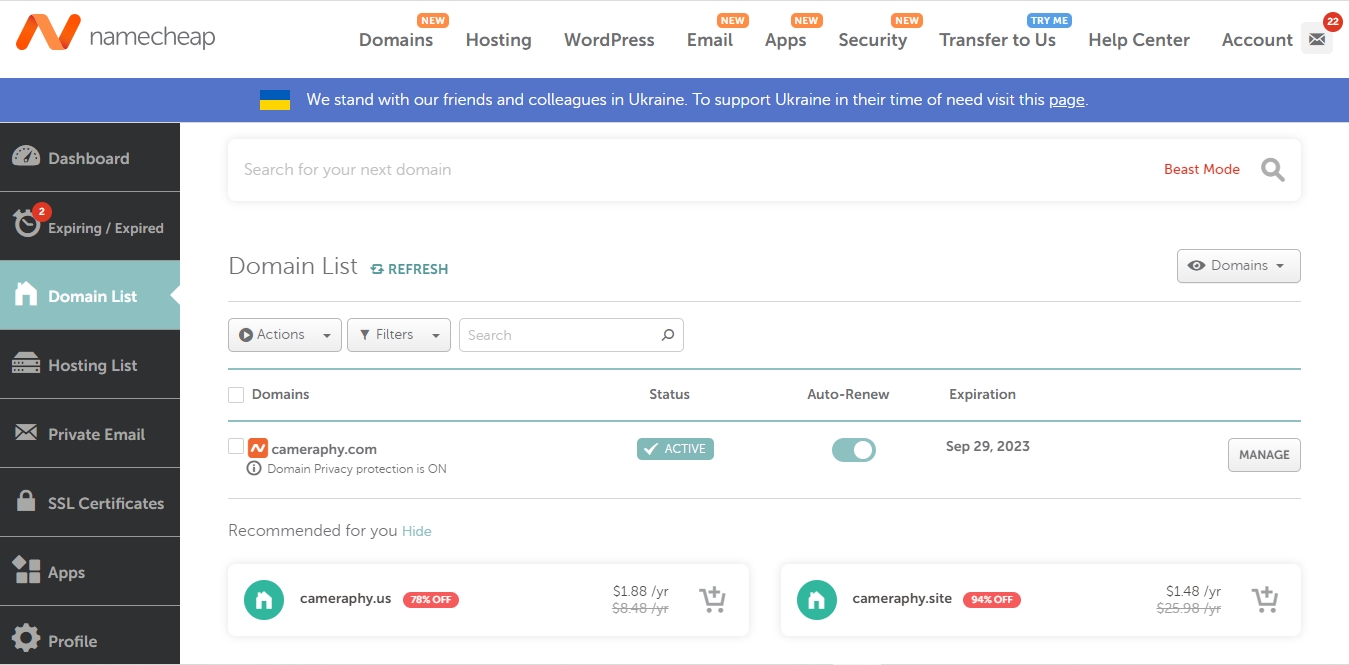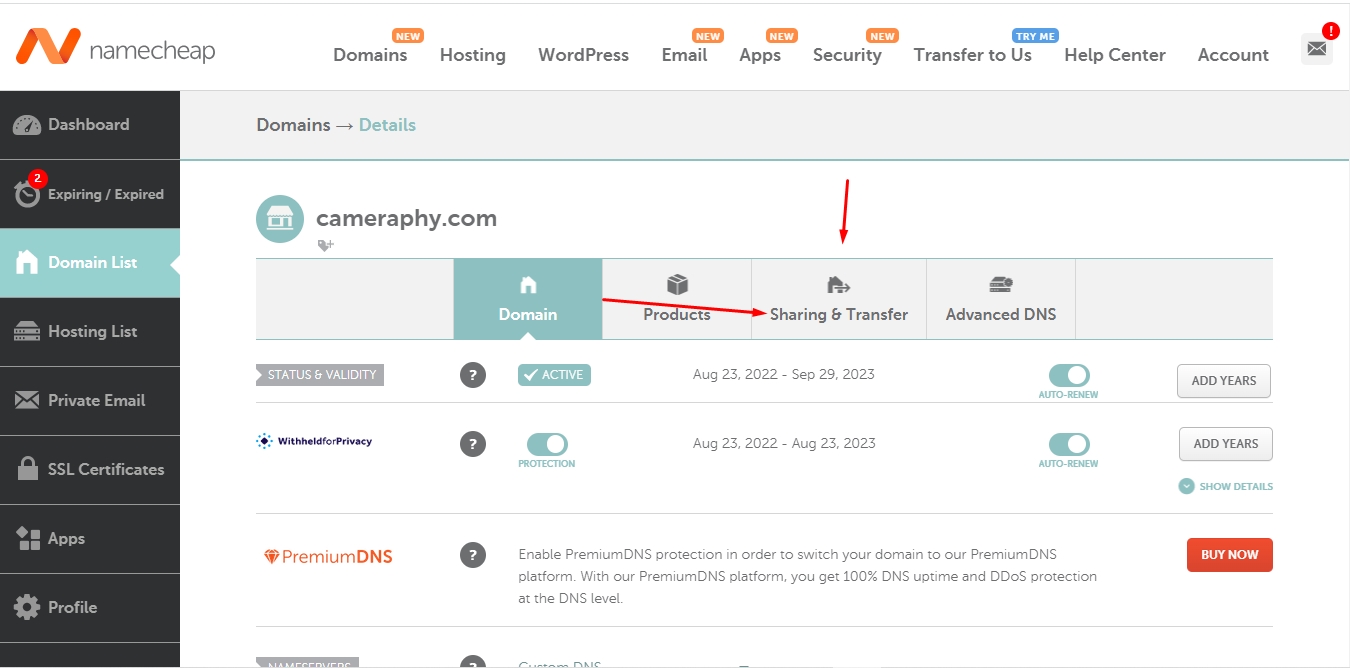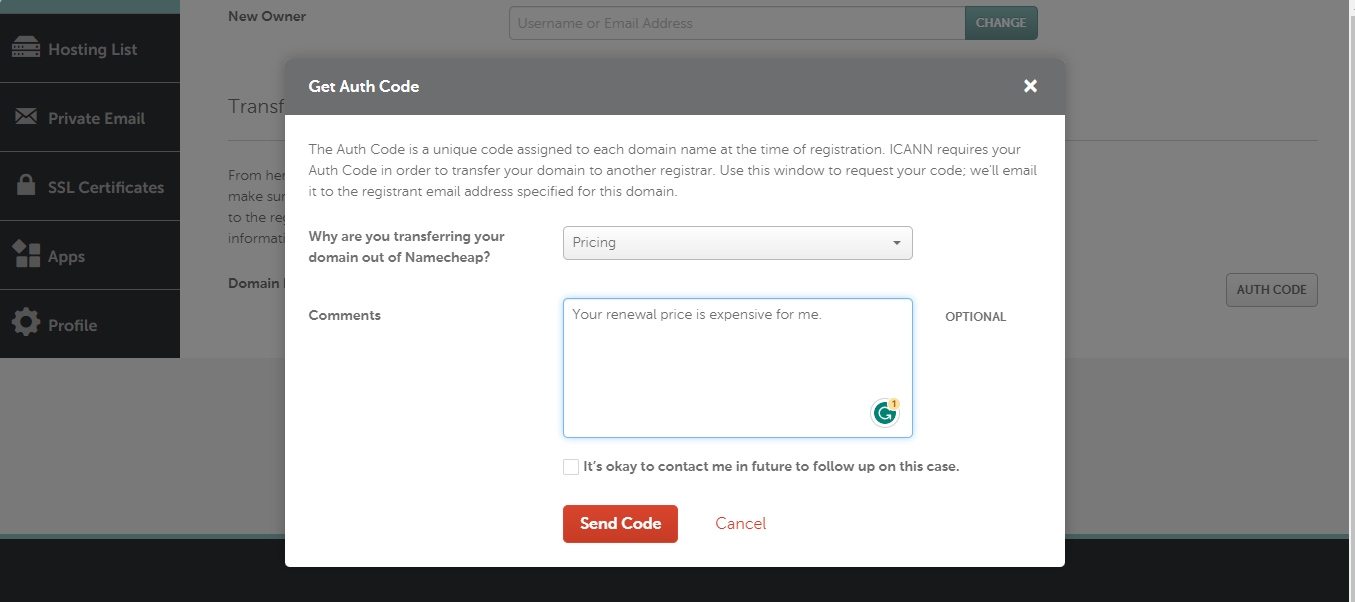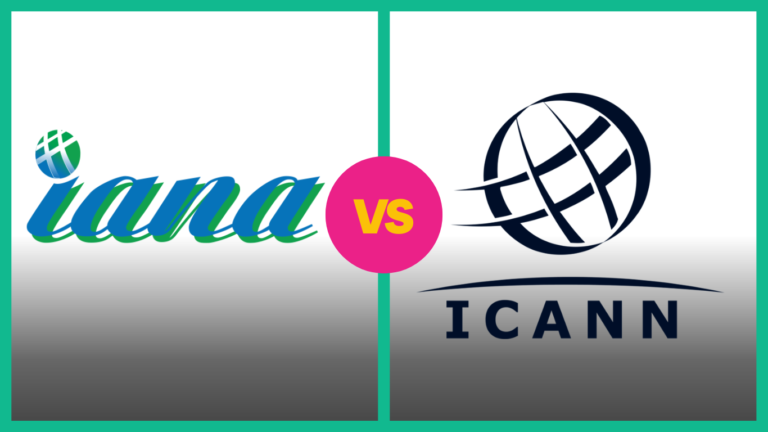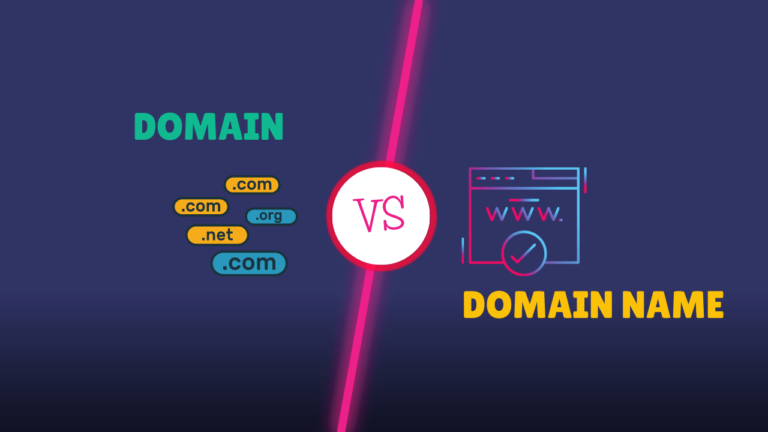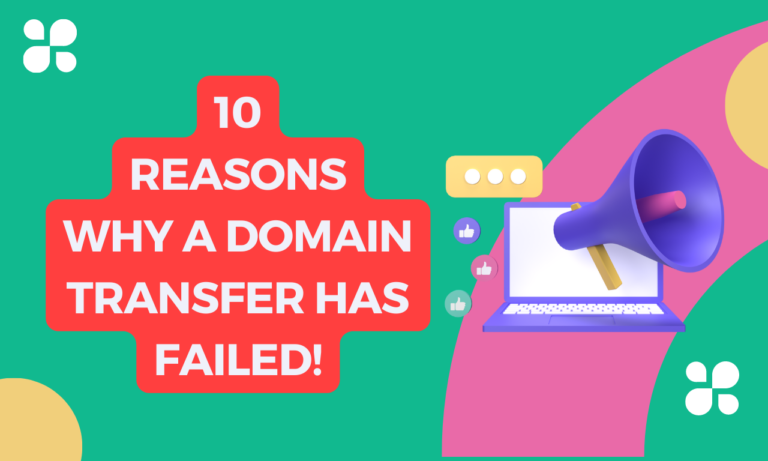An Auth-Code, also known as an EPP code (Extensible Provisioning Protocol code), is a unique alphanumeric code used to authorize domain transfers between different domain registrars. However, this is not required when transferring between the same registrars.
Only the domain owner or an authorized contact can obtain the authentication code from the current registrar. Which helps prevent the unauthorized transfer of domain names.
If you want to know more about it and how to get it, then you have come to the right place.
So, let’s get started.
What is an Auth-Code?
An Auth-Code (also known as an Authorization Code, or EPP code) is a passcode generated by a registrar to help identify the registrant and securely transfer a domain name from one registrar to another. It is unique for each domain name and can only be used once.
Typically, registrars provide this extra level of security code to ensure a safe domain name transfer between different registrars. However, not all domain extensions need an authorization code to initiate domain transfers, but all gTLDs are required to start the transfer process.
How to Get an Authorization Code for Domain Transfer?
You can get your domain auth-code code in two different ways: from your domain control panel settings, also known as sharing and transfer settings, or by contacting your registrar support team.
Here are the step-by-step guides to obtaining an auth code for the domain transfer:
Step 1: Log in to your domain registrar account
Log in to your domain registrar account where you have a domain and want to transfer to a new registrar. For tutorial purposes, I’m showing you an example of how to get an authentication code from a Namecheap domain. But it’s the same for most domain registrars.
Step 2: Go to the Domain List to select your domain
Once logged in, you’ll land on the Dashboard page, but you need to click “Domain List” from the left menu, select your domain, and then click “MANAGE.“
Step 3: Go to the domain Sharing & Transfer settings
After clicking on the manage settings, you’ll have the Domains → Details page, from there click on the “Sharing & Transfer” setting page.
Step 4: Scroll down to the Transfer Out option
When you’re on the Sharing & Transfer page, scroll down to the “Transfer Out” option.
From here, you can request an EPP code or an auth code to initiate the transfer of your domain name from your current registrar to another registrar.
Step 5: Unlock your domain and get Auth-Code
Then you will need to click “UNLOCK” to unlock your domain, then click on “AUTH CODE“. Because without unlocking your domain first, you can’t get an auth code to transfer it out.
When you unlocked your domain and clicked on the auth code button, you’ll see a popup where Namecheap asks, “Why are you transferring your domain out of Namecheap?“
Simply select a reason and put your experience with them in the comment field, and click the “Send Code” button now.
After you place the request here, you’ll get your Auth-Code to the registered email address specified for your domain names. It may take up to a few minutes to arrive in your email.
Then you can initiate your domain transfer process by following your new registrar’s instructions.
Remember, if your domain name has expired or is about to expire, you must contact support to get it otherwise, you will not have the option to get it manually from your domain control panel.
How Do I Transfer a Domain Name without an Authorization Code?
You can transfer your domain name without authorization or an EPP code while moving your domain to the same registrar. For example, a Namecheap domain can be transferred to another Namecheap account for free and instantly without an auth code, which is better known as a domain push service.
Otherwise, it is not possible to transfer a domain name without an authorization code.
Conclusion
Getting an authentication code is very easy, but without it, transferring a domain name is very difficult, especially when you move to another registrar.
You can even get an authentication code to transfer your expired domain name to a new registrar by contacting your current registrar’s live chat support.
Which domain registrar is best for all of your domain names in one place?
Please let us know by commenting below and rating this post as well.
If you have any questions, suggestions, or compliance regarding this post simply contact us.
We’ll be happy to hear your thoughts.
References and Credits:

